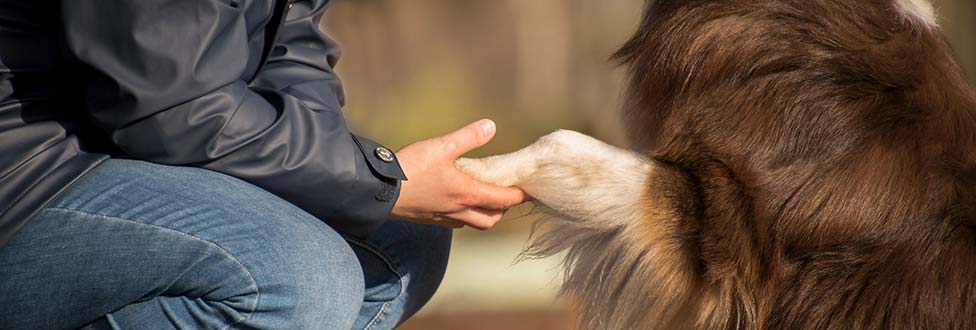How Dogs Learn — Part One
Dogs will do whatever it takes to get them what they want. That is the only thing innate in dogs.
Therefore, if whining, barking and jumping up on their owners or on visitors gets them attention such as talk, touching and eye-contact, then the behavior is inadvertently reinforced and they will continue the whining, barking and jumping because it works to get what they want.
We tend to forget that dogs are a different species than humans, and we believe that it is ‘rude’ to ignore another human, then it’s ‘rude’ to ignore your dog regardless of what behavior they are offering. However, for dogs it actually works opposite, when dogs are not interested in interacting with another dog, they will ignore that dog — the dog looking to interact understands and simply walks away.
This is an important concept as we begin training.
The Covid-19 Effect
With many of us spending a lot more time at home in the past year due to the Covid-19 pandemic, the number of animal adoptions has dramatically increased.
We may be home now, but consider what happens when we go back to work full time after the pandemic wanes, and begin to be away from home more.
Animals adopted during the pandemic tend to have a higher chance of developing some level of stress and anxiety when they are left alone for the first time, and the majority of stress and anxiety stems from the above: Pet parents giving their dogs attention (talk, touch and eye contact), even if their dogs behavior isn’t appropriate.
When that same pet parent leaves their dog alone, the dog will try all of those behaviors that work to get what they want, and when none of these behaviors work to get their owners to return – this often leads the animal to experience an increased amount of anxiety and stress.
We can start to help them cope with separation by changing the way they get attention from us by rewarding calm behavior.
Rewarding Calm Behavior
What you can do to alleviate some of the pushy/demanding behavior that might be inadvertently reinforced while you are with your dog is to follow a Rewarding Calm Behavior plan — this will be more challenging for the humans than it will be for the dogs, trust me!
Let’s break the plan down:
1. Ignore
- When your dog approaches, paws, nudges, whines, barks or does any of the ‘normal’ behavior when seeking attention IGNORE them!
- No talking, no touching and definitely no eye contact
- Don’t give them any cues or commands, don’t acknowledge them at all. Simply be patient and wait for them to GIVE UP and leave you alone, walk away or wait until they go to lay down
- Let them settle for a count of 10 seconds or more then go over to them and engage with them by using a simple ‘gooood dog!’ or ‘nice job!’.
2. Staying calm while preparing meals or preparing for walk
- If your dog typically runs all over the place when you start making their meals or go to get their leash — abort mission
- Put the food away or put the leash away and go back to what you were doing — no acknowledgment of them at all
- Try again in 10-30 seconds, and if they run around and get all excited — again abort mission and continue in that regard
- At about the fourth or fifth time they will think twice about running around the house or getting too excited
- Then you can proceed. Keep in mind, if they get amped up again – abort mission!
3. Make your dog work
- Remember – this is making your dog WORK to figure out what works to get them what they want.
- This will help them burn energy and it will help them realize being calm earns love and attention rather than giving into them on every whim.
4. The hard truth
- Your dogs’ attention-seeking/pushy behavior will get worse before it gets better – stay the course and be consistent – they will figure this out!
This will help get your dog on the good behavior path and stay tuned for part II where we’ll cover crate training, jumping, and introduce you to a valuable exercise!
Click here to read Part II of “How Dogs Learn”.
ARL FREE Pet Behavior Helpline
ARL’s Pet Behavior Helpline is a FREE service, and can answer basic behavioral questions about your pet, such as excessive barking, crate training, house soiling, or if you are looking for ways to stave off your pet’s boredom.
If you have questions, please call the Pet Behavior Helpline at (617) 226-5666 or via email behaviorhelpline@arlboston.org and an ARL representative will get back to you within 48 hours.
Looking for one-on-one dog training help? Sign up for a private training lesson at ARL.

